What is the tolerance range of precision screws?
What is the tolerance range of precision screws?
Service Hotline
+86760-8787 8587We have more than ten years of experience in screw industry production, the main products are: half tooth cup head screw, half round head machine screw, precision bed knurled nut, knurled nut nut, hexagon 4.8 grade bolts, high quality and low price GB6175 hexagon Nuts, slip-knot bolts, 4190 hexagon nuts, 4.8-grade external hexagon screws, British and American fine pitch nuts, dish-shaped claw screws, hexagon head cross combination bolts, pull cap pull nuts, threaded cylindrical pins, thickened gaskets and other fasteners, Due to the different materials and specifications of the products, the prices are also different, please contact us if necessary.


The blind rivet is realized by pulling the core head. With the help of a force from the inside to the outside, under the action of the unidirectional pulling force, the pulling screw is pulled upwards, which causes the outer collar material to expand and deform, resulting in a sexual tightening force. , After the riveting is completed, the tension screw in the middle part breaks and falls out. Since a large pulling force is required to cause the rivet to expand and deform, the tensile screw is longer and accounts for about 60-80% of the total length of the rivet. At the same time, due to the limitation of the deformation mode, it is difficult for the blind rivet to be made into a hexagonal structure like a rivet nut, so the torsion resistance of its connection is low.
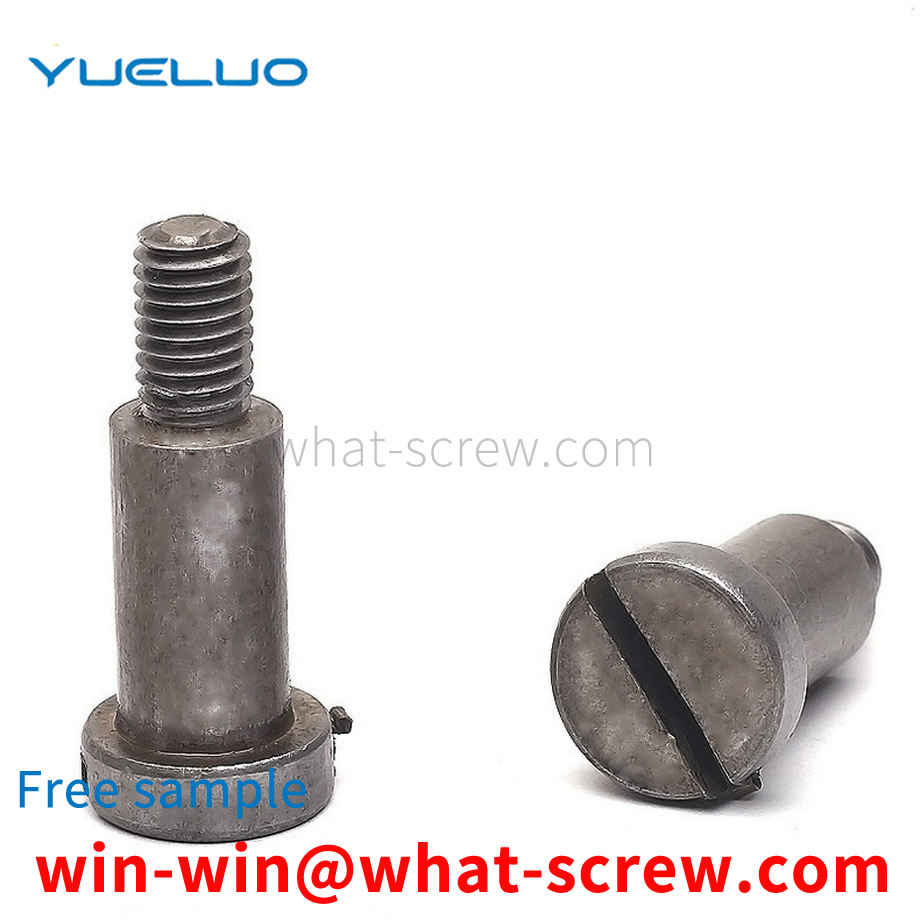
The circlip extrusion and positioning mechanism includes a vertically installed circlip sleeve rod and a linear module controlled by a positioning motor; a plurality of circlips to be installed are sleeved on the surface of the circlip sleeve rod; the surface of the linear module can be Mobile installation quick clamp; the clamping mouth of the quick clamp is a tight top plate; the tight top plate is in contact with the upper circlip and moves up and down with the up and down movement of the circlip sleeve;
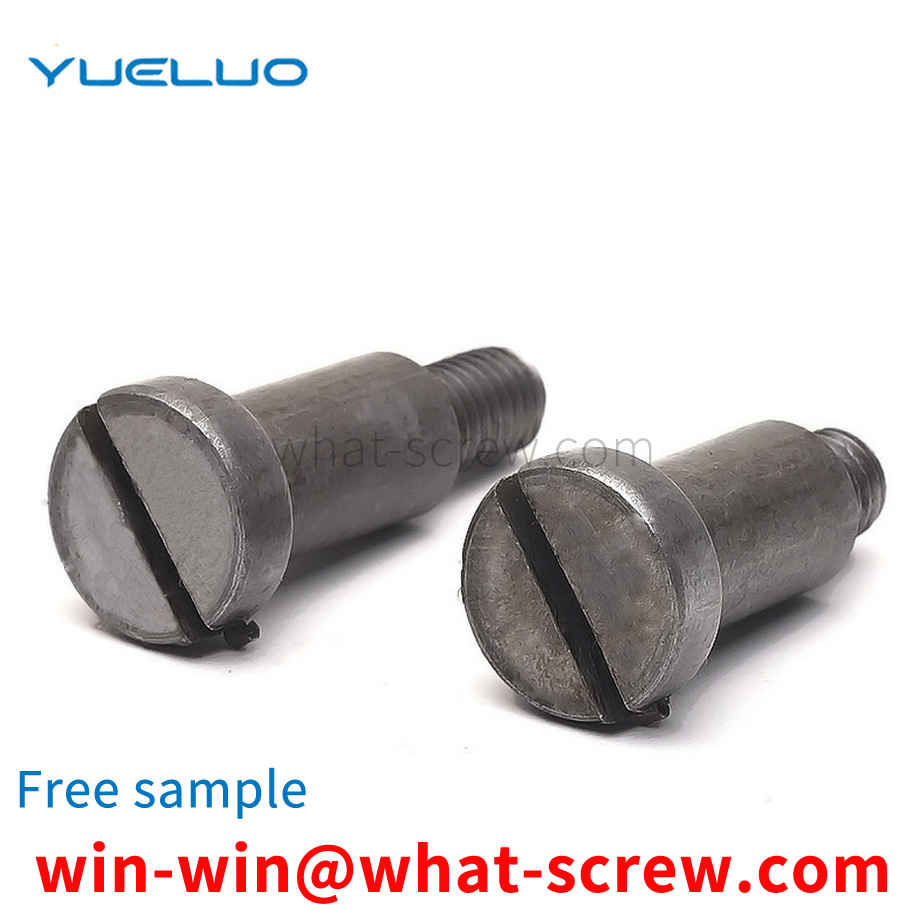
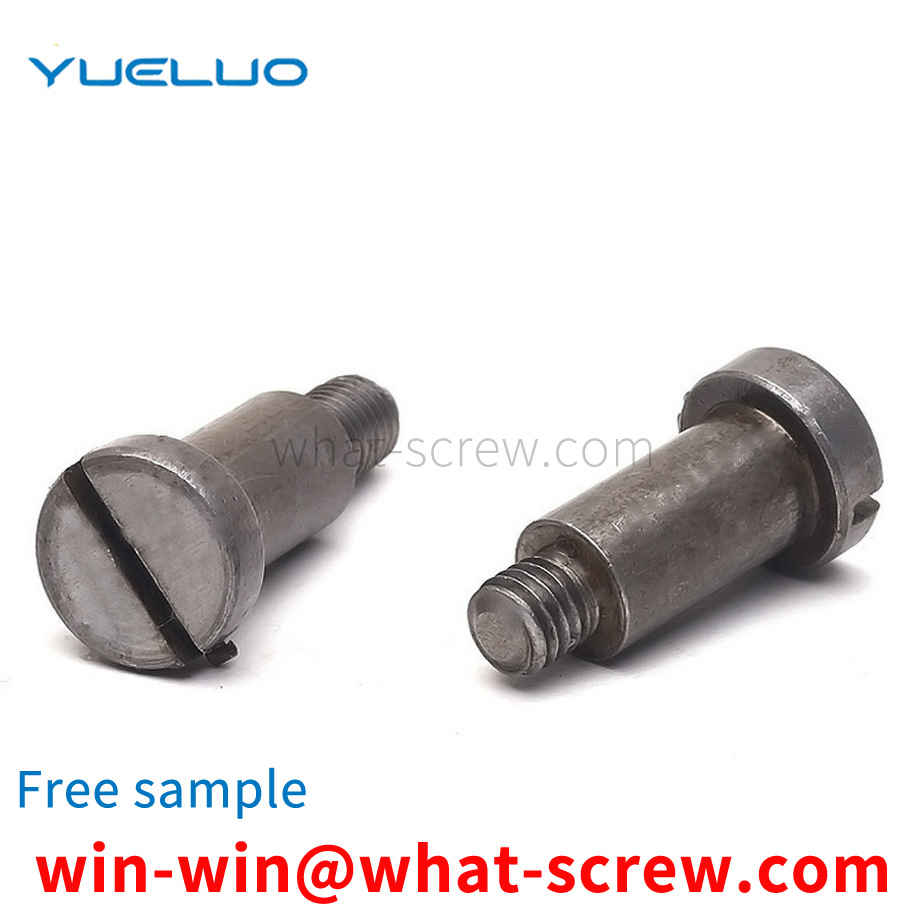
ANSI B1.1 Thread Pitch Comparison Table Nominal Diameter (inch〖mm〗) Coarse Thread Pitch (UNC) Fine Thread Pitch (UNF) Ultra Fine Thread Pitch (UNEF) Drilling Diameter (Coarse Thread) Drilling Diameter (Fine Thread) #0 0.060 〖1.524〗 80 1.2 # 1 0.073 〖1.5 1.5 # 2 0.086 〖2.8 # 3 0.099 〖2.515〗 48 56 2.0 2.1 # 4 0.112 〖2.4 # 5 0.125 〖 3.175〗 40 44 2.5 2.6 # 6 0.138 〖3.50〗 32 40 2.7 2.9 # 8 0.164 〖4.166〗 32 36 3.4 3.5 # 10 0.190 〖4.0 # 12 0.216 〖5.486〗 24 28 32 4.5 4.6 1/4 6.35 20 28 32 5.1 5.4 5/16 10.7 11.5 9/16 〖14.288〗 12 18 24 12.3 13.1 5/8 〖15.875〗 11 18 24 13.5 14.7 3/4 〖19.05〗 10 16 20 16.7 17.5 7/8 〖22.125 2.4 9 14 〗 8 12 20 22.2 23.4 The pitch is expressed by the number of teeth per inch, such as: 11 teeth per inch, then the pitch=25.4/11=2.309mm. The unit of pitch in the table is the number of threads per inch. The hole diameter is the recommended hole size for tapping, in millimeters.
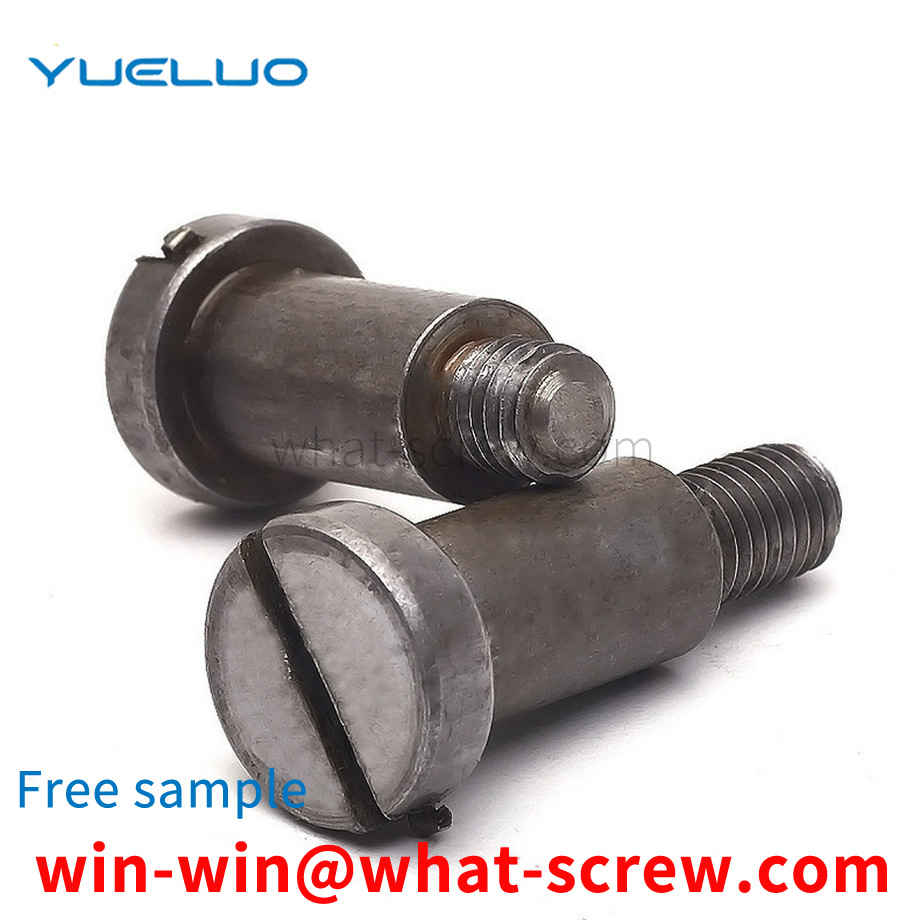
The elastic cylindrical pin, also known as the spring pin, is a headless hollow cylindrical body, which is slotted in the axial direction and chamfered at both ends. It is used for positioning, connection and fixation between parts. The outer diameter of the spring pin is usually slightly larger than the mounting hole. The deformation force generated by the elastic cylindrical pin to be restored to its original state by extrusion ensures the clamping effect of the elastic cylindrical pin. But just because of its clamping effect, it will play a big obstacle to the disassembly of the elastic cylindrical pin. When in use, the open end is extended out of the through hole on the pin shaft, and the open end is flared and separated to prevent the elastic cylindrical pin from sliding off the pin shaft to realize the function of preventing backlash. At present, the disassembly method of the elastic cylindrical pin usually uses a punching machine to remove the cylindrical pin, which easily destroys the equipment installed on the cylindrical pin, and the disassembled elastic cylindrical pin cannot be used again due to damage. One method is to insert the mounting pin with the clearance fit of the mandrel, punch the pin behind the mandrel to clamp the bottom of the cylindrical pin, and then pull out the cylindrical pin, which can only be used when the elastic mounting pin is installed in the through hole, and because it is necessary Applying force to the mandrel increases the difficulty of disassembly and increases the work intensity of the installer. Three methods are done by the installer using two needle nose pliers. Specifically, first use needle-nose pliers to clamp the ends of both sides of the elastic cylindrical pin, and then apply an inward force to the needle-nose pliers, so that both sides of the elastic cylindrical pin rotate in the same direction until the opening becomes smaller, and then Pull it out to remove it successfully. The defects of these existing methods are obvious. The shape of the disassembled elastic cylindrical pin is either unusable or the deformation of the cylindrical pin after disassembly is not uniform, which seriously affects the performance of the elastic cylindrical pin, resulting in waste and increased cost; The method is purely manual work, and sometimes it takes several repetitions to remove the elastic cylindrical pin. Due to the different installation positions of the elastic cylindrical pin, it sometimes increases the difficulty of disassembly, and it is difficult to remove the needle-nose pliers effectively. The pliers are difficult to construct, and the elastic cylindrical pins are easily damaged. If there are too many elastic cylindrical pins to be disassembled, the existing methods are often difficult to meet the needs, which not only consumes a lot of time and physical strength of the installer, but also makes it difficult to ensure the quality.
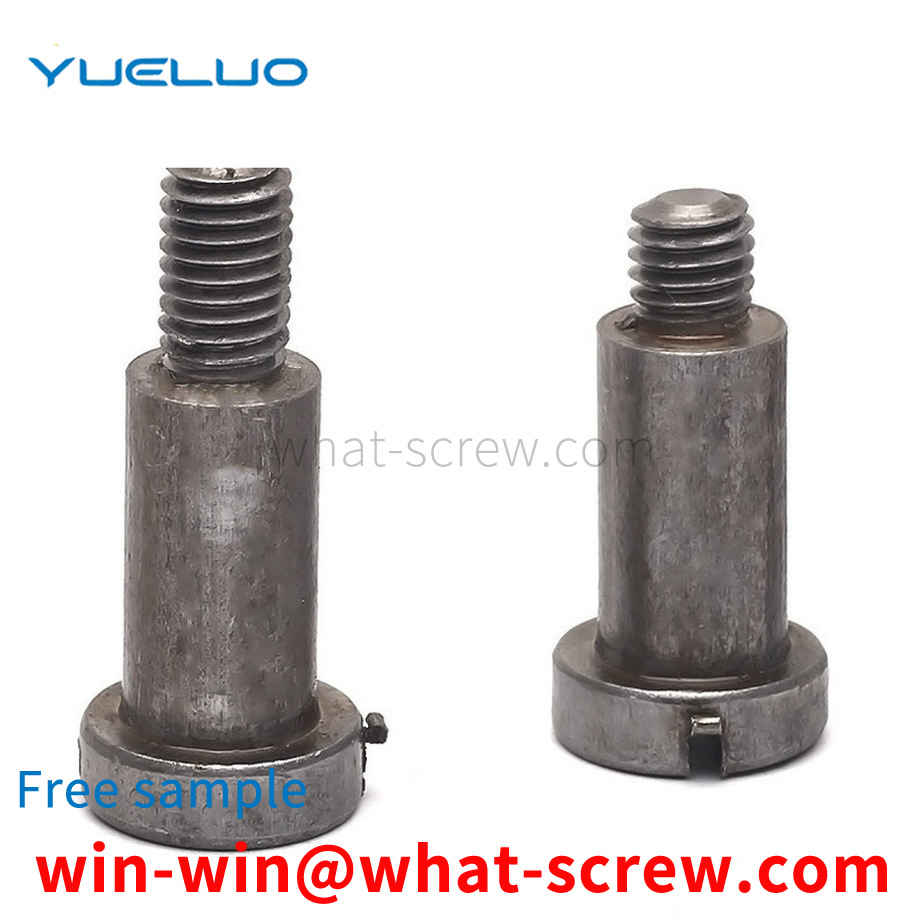
The above content is uploaded by Yueluo or the Internet. If there is any copyright issue, please contact [email protected].

What is the tolerance range of precision screws?

How to choose the right stainless steel screw manufacturer?

Why is there an R angle under the head of the hexagon head s...
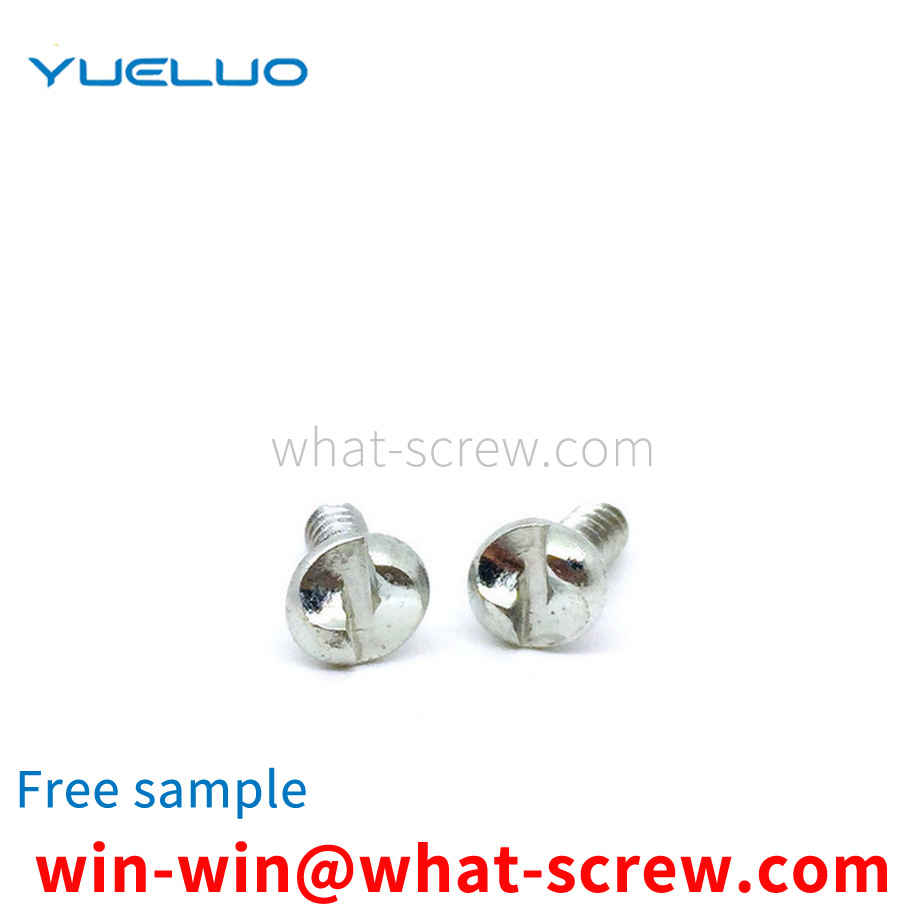
We have more than ten years of production experience in the ...

We have more than ten years of production experience in the ...
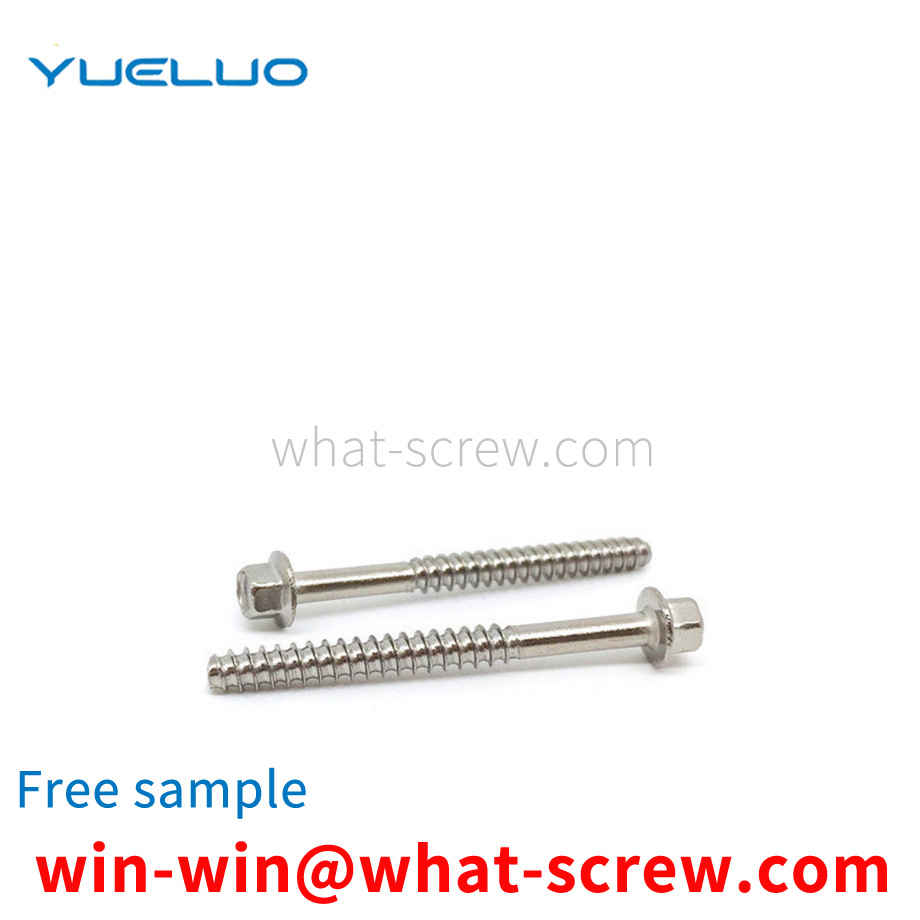
We have more than ten years of production experience in the ...
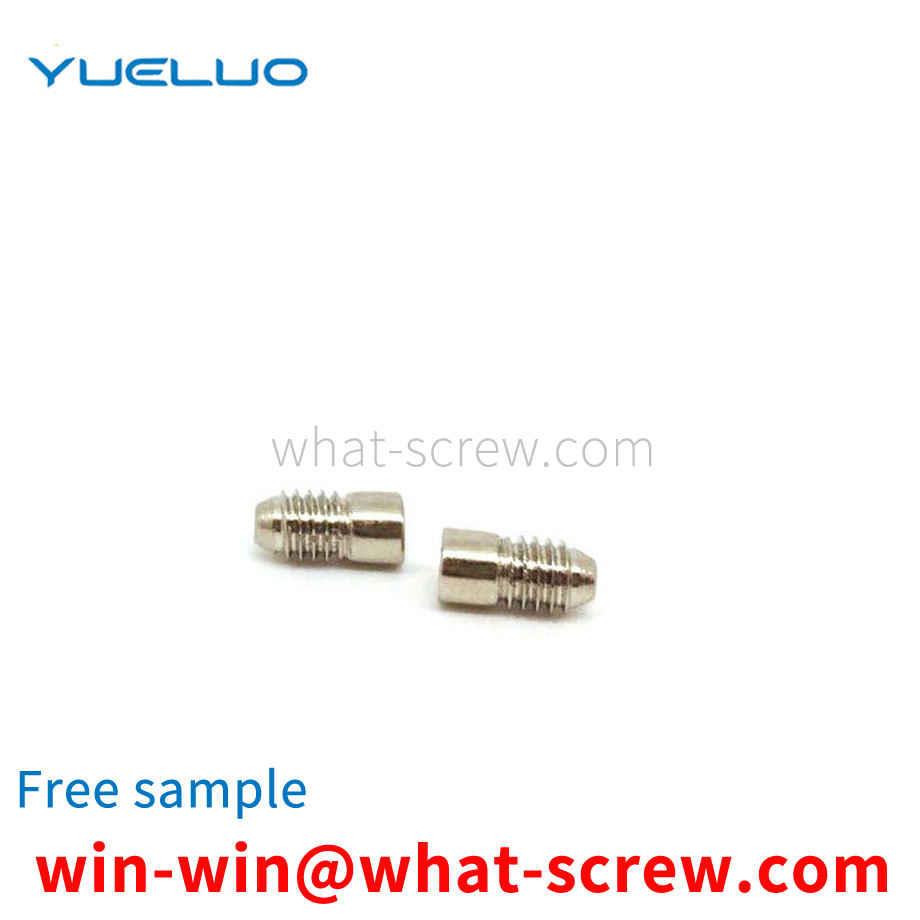
We have more than ten years of experience in the production ...